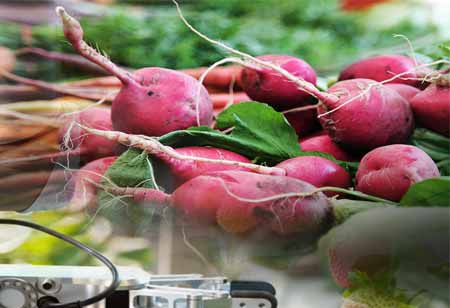Thank you for Subscribing to Food Business Review Weekly Brief
- Home
- Topics
- Alternative Proteins and Plant Based Food
- Beer and Wine
- Canned Beverages
- Coffee And Tea
- Food and Beverage Consulting
- Food and Beverage Financial Service
- Food And Beverages Marketing
- Food Distributors
- Food Ingredients
- Food Sustainability
- Plant Based Food and Beverages
- Seafood Suppliers
- Supplement Manufacturing
- Wine Investment
- News
- Vendor Viewpoint
- CXO Insights
- Conferences
- Newsletter
- CXO Awards
-
Packaging Technology Innovations in the Food Industry
The future of packaging holds possibilities, merging innovation, functionality, and sustainability.

By
Food Business Review | Monday, November 13, 2023
Stay ahead of the industry with exclusive feature stories on the top companies, expert insights and the latest news delivered straight to your inbox. Subscribe today.

The future of packaging holds possibilities, merging innovation, functionality, and sustainability.
FREMONT, CA: New products, materials, and design trends that emerge yearly drive the dynamic packaging industry's continuous development. Food freshness preservation, extending the shelf life of consumables, and protecting products from damage during transportation all depend on packaging. Consumer perception and behavior are significantly influenced by the way products are packaged. Packaging innovations and trends change along with the advancement of technology. Understanding the top packaging trends anticipated over the next few years is essential for those venturing into the retail world. Sustainable packaging options have recently received significant attention to reduce their negative environmental effects.
One of the most promising trends in this area is biodegradable packaging, which reduces waste without sacrificing functionality.
A wide range of biodegradable packaging materials is readily available, including paperboard and plant-based plastics made from ethically sourced resources. These substances provide strong and long-lasting packaging while still being compostable or recyclable. Brands are now using biodegradable packaging to communicate their commitment to sustainability. The appeal of biodegradable packaging will increase as consumer environmental consciousness rises. Digital printing will significantly transform the packaging industry over the next few years. Small businesses and startups benefit from the ability to produce short runs of customized packaging made possible by this technology.
Digital printing has a quick turnaround time and can print on various materials such as paperboard, plastic, and metal. It also makes creating unique and innovative packaging textures and finishes easier.
The advancement of digital printing technology opens new avenues for the rapid and seamless production of custom packaging in small quantities. This innovation can be used by brands to experiment with different designs and strategies, fine-tuning their approaches to best resonate with their target audience. Along with digital printing, technologies such as direct thermal printing and thermal transfer printing are gaining traction, broadening the scope of personalized packaging solutions.
The increasing demand for operational efficiency and precision in packaging processes drives the rise of packaging automation as a significant trend. This technology streamlines operations, improves accuracy, and lowers labor costs. It includes a variety of solutions, such as robotic palletizing, case packing, and shrink wrapping. This trend is complemented by incorporating vision systems for defect inspection, which has become an essential component of the packaging process.
Active packaging is gaining popularity due to its innovative use of specialized materials to extend product shelf life. Active packaging, which uses techniques such as oxygen absorbers, moisture absorbers, and antimicrobial agents, is especially beneficial for perishable items such as food and pharmaceuticals.
Aside from extending shelf life, active packaging improves product safety by inhibiting bacterial growth. Active packaging is expected to grow in popularity due to brands' desire to improve long-term product safety. Businesses are increasingly compelled to implement change as public awareness of environmental impact grows. Packaging is an excellent place to begin these efforts. Recyclable packaging made of reusable or recyclable materials like paperboard, glass, metal, and plastic represents a step toward sustainability.
The appeal of recyclable packaging extends beyond its environmental responsibility to include resource efficiency, which resonates positively with brands. Increasingly aware of environmental issues, choosing recyclable packaging demonstrates a brand's commitment to sustainable practices and minimizing environmental footprints.






